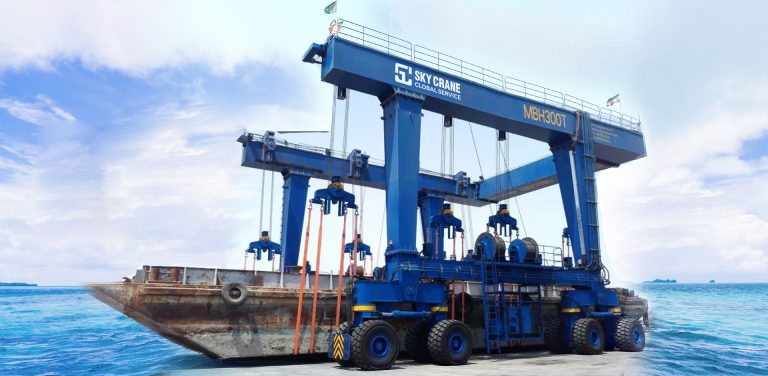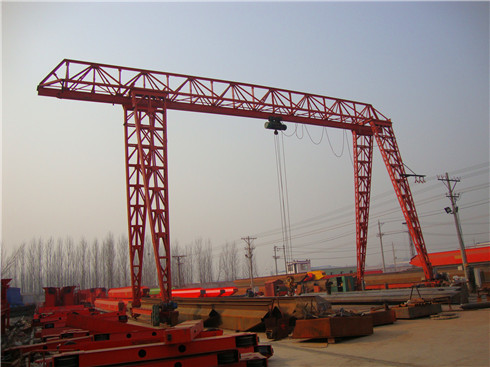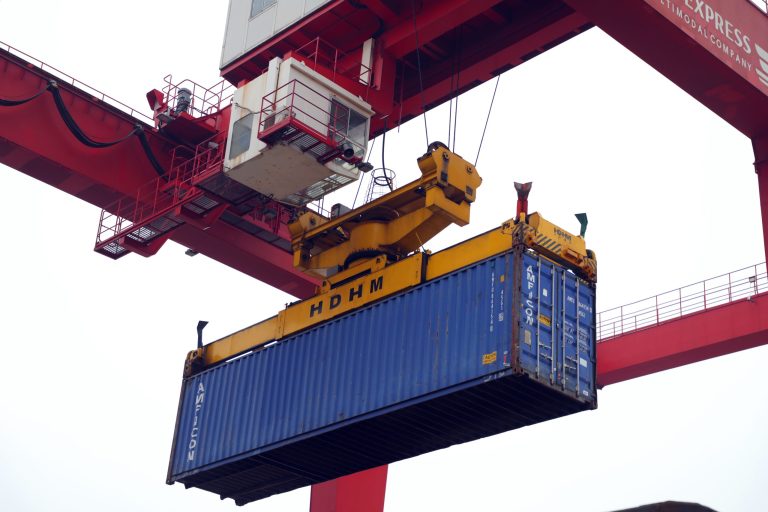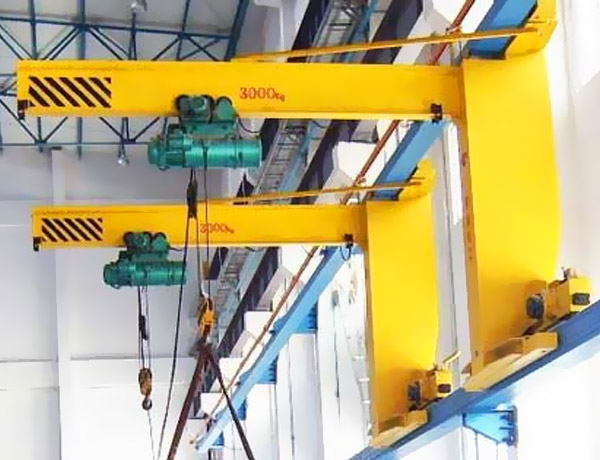Table of Contents
कारखानहरूमा एकल बीम हुक ग्यान्ट्री क्रेन प्रयोग गर्ने फाइदाहरू
नम्बर
| उत्पादनहरू | QD ओभरहेड क्रेन हुक क्यापको साथ।5-800/150T |
| 1 | सेमी – गैन्ट्री क्रेन |
| 2 | युरोपेली शैली क्रेन |
| 3 | हार्बर क्रेन |
| 4 | कारखानहरूमा एकल बीम हुक ग्यान्ट्री क्रेन सञ्चालन गर्दा पालना गर्नुपर्ने सुरक्षा उपायहरू |
साथै, क्रेन सञ्चालन गर्दा क्रेन वरपरको क्षेत्र बाधा र कर्मचारीहरूबाट खाली छ भनेर सुनिश्चित गर्न आवश्यक छ। यसले टक्कर वा वस्तुहरू झर्दा दुर्घटनाहरू र चोटपटकहरू रोक्न मद्दत गर्नेछ। अपरेटरहरू पनि आफ्नो वरपरको बारेमा सचेत हुनुपर्छ र क्रेन सञ्चालनको क्रममा सबैजना सुरक्षित छन् भनी सुनिश्चित गर्न अन्य कामदारहरूसँग सञ्चार गर्नुपर्छ। अपरेटरहरूले अन्य कामदारहरूसँग कुराकानी गर्न र लिफ्टिङ सञ्चालनको क्रममा आन्दोलनहरू समन्वय गर्न हात संकेतहरू वा रेडियोहरू प्रयोग गर्नुपर्छ। स्पष्ट संचारले दुर्घटनाहरू रोक्न र क्रेनको चालहरू बारे सबैलाई सचेत छ भनी सुनिश्चित गर्न मद्दत गर्न सक्छ। यी दिशानिर्देशहरू क्रेनको सुरक्षित सञ्चालन सुनिश्चित गर्न र दुर्घटनाहरू रोक्न डिजाइन गरिएको हो। अपरेटरहरूले यी दिशानिर्देशहरूसँग आफूलाई परिचित गराउनुपर्छ र क्रेनलाई चोटपटक र क्षति रोक्नको लागि तिनीहरूलाई सधैं पालना गर्नुपर्छ। यी सुरक्षा उपायहरू पछ्याएर, अपरेटरहरूले दुर्घटनाहरू र चोटपटकहरू रोक्न र क्रेनको कुशल र सुरक्षित सञ्चालन सुनिश्चित गर्न सक्छन्। उचित मर्मत, प्रशिक्षण, लोड क्षमता जाँच, स्पष्ट संचार, र सुरक्षा दिशानिर्देशहरूको पालना सुरक्षित क्रेन सञ्चालनका लागि आवश्यक छ। सुरक्षालाई प्राथमिकता दिएर, कारखानाहरूले आफ्ना कर्मचारीहरूको लागि सुरक्षित काम गर्ने वातावरण सिर्जना गर्न र दुर्घटना र चोटपटकहरू रोक्न सक्छन्।
Safety Measures to Follow When Operating Single Beam Hook Gantry Crane in Factories
Single beam hook gantry cranes are commonly used in factories for lifting and moving heavy loads. These cranes are essential for improving efficiency and productivity in industrial settings. However, operating a single beam hook gantry crane requires careful attention to safety measures to prevent accidents and injuries.
One of the most important safety measures to follow when operating a single beam hook gantry crane is to ensure that the crane is properly maintained. Regular inspections should be conducted to check for any signs of wear and tear, such as cracks or corrosion. Any damaged components should be repaired or replaced immediately to prevent accidents.
It is also crucial to ensure that the crane is operated by trained and qualified personnel. Operators should be familiar with the crane’s controls and safety procedures to prevent accidents. Proper training should be provided to all crane operators to ensure that they are aware of the risks associated with operating the crane.
Another important safety measure to follow when operating a single beam hook gantry crane is to ensure that the load being lifted is within the crane’s capacity. Overloading the crane can cause it to tip over or collapse, leading to serious accidents. Operators should always check the weight of the load before lifting it to ensure that it does not exceed the crane’s capacity.

In addition, it is essential to ensure that the area around the crane is clear of obstacles and personnel when operating the crane. This will help prevent accidents and injuries caused by collisions or falling objects. Operators should also be aware of their surroundings and communicate with other workers to ensure that everyone is safe during crane operations.
Proper communication is key to ensuring safety when operating a single beam hook gantry crane. Operators should use hand signals or radios to communicate with other workers and coordinate movements during lifting operations. Clear communication can help prevent accidents and ensure that everyone is aware of the crane’s movements.
It is also important to follow all safety guidelines and procedures provided by the crane manufacturer. These guidelines are designed to ensure the safe operation of the crane and prevent accidents. Operators should familiarize themselves with these guidelines and follow them at all times to prevent injuries and damage to the crane.
In conclusion, safety is paramount when operating a single beam hook gantry crane in factories. By following these safety measures, operators can prevent accidents and injuries and ensure the efficient and safe operation of the crane. Proper maintenance, training, load capacity checks, clear communication, and adherence to safety guidelines are essential for safe crane operations. By prioritizing safety, factories can create a safe working environment for their employees and prevent accidents and injuries.






